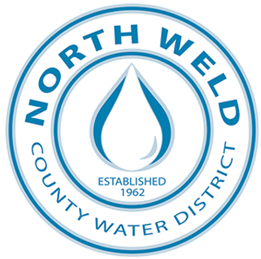How to Pay
How to Read Your Monthly Water Bill
The bill is divided into three sections:
1.) The Bottom Section is the stub that you return with your payment. This section lists your account number, service address, mailing address, and total amount due.
2.) The Middle Section states your account number, name and service address, as well as the dates that the meter was read. This is the current billing period of the bill. Under this area you will see to the right a date which indicates the date the meter was read or the date a payment was received. To the left of the date, the PREV. READ and the CURR. READ are the actual reading numbers from the meter.
Your usage then is calculated by subtracting the PREV. READ from the CURR. READ and is shown to the right of the readings. The dollar amount due for the indicated usage is to the far right and any surcharges that the account may be in would appear under the reading information.
3.) On the top left of the bill, there is a graph that indicates your usage trend over a 12 month period. The scale or the y-axis of the graph can change depending on the usage. This graph is a visual demonstration of your usage for the past 12 months. To the right of the graph, we list your Water Class information. Taps in the District can have any level of allocation depending on how they were purchased or added onto throughout time.
The standard water allocation amount is 70% of 1.000 Acre Foot which equals 228,000 gallons. The District issues 70% because it is the historic delivery of the Colorado-Big Thompson Project. Some years are lower and some years are higher depending on environmental factors but the District has been able to make up the difference on the lower years and provide storage for the higher years.
Plant Investment Class is listed below the water allocation class and can also vary in allocation depending on how the account was purchased or added to throughout time. The Plant Investment Allocation is also 70% of 1.000 Acre Foot which equals 228,000 gallons. The Plant Investment can be grandfathered to an account due a change in the District billing system effective in 2000. Thus, to make the change an easier transition, some accounts were grandfathered at 1998 usage. The grandfathering on the account is only valid for the current owner of the account or a direct family member who may purchase the property. If the property is sold to someone other than a direct family member, then the grandfathering would become void.
The Less YTD Usage is the actual amount of plant investment allocation that the account has used year to date (YTD). Your allocation amount plus any grandfathered Plant Investment minus the Less YTD Usage thus equals the Remaining Plant Investment Allocation which is the amount of allocation you have left to use in the water year without entering into the surcharges.
